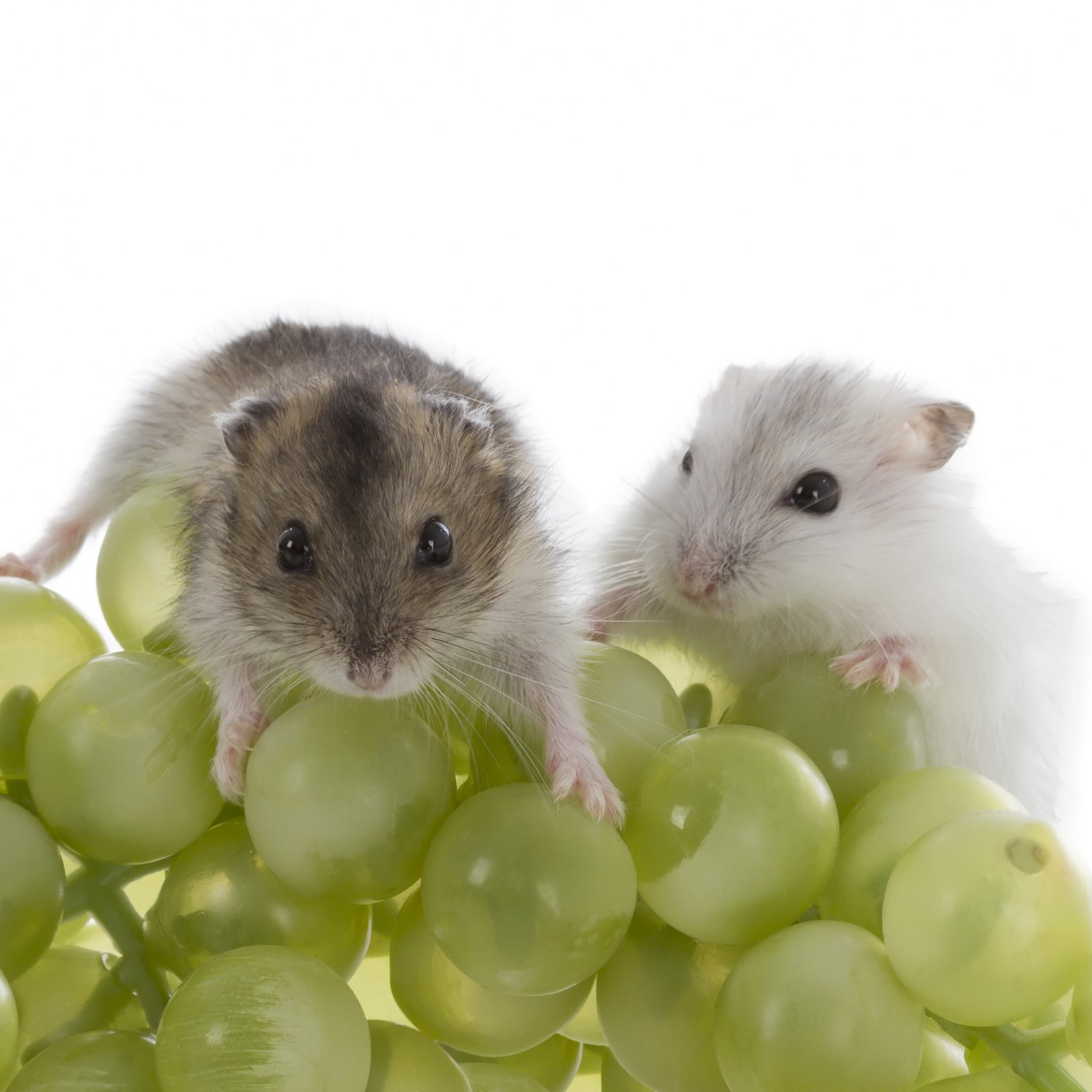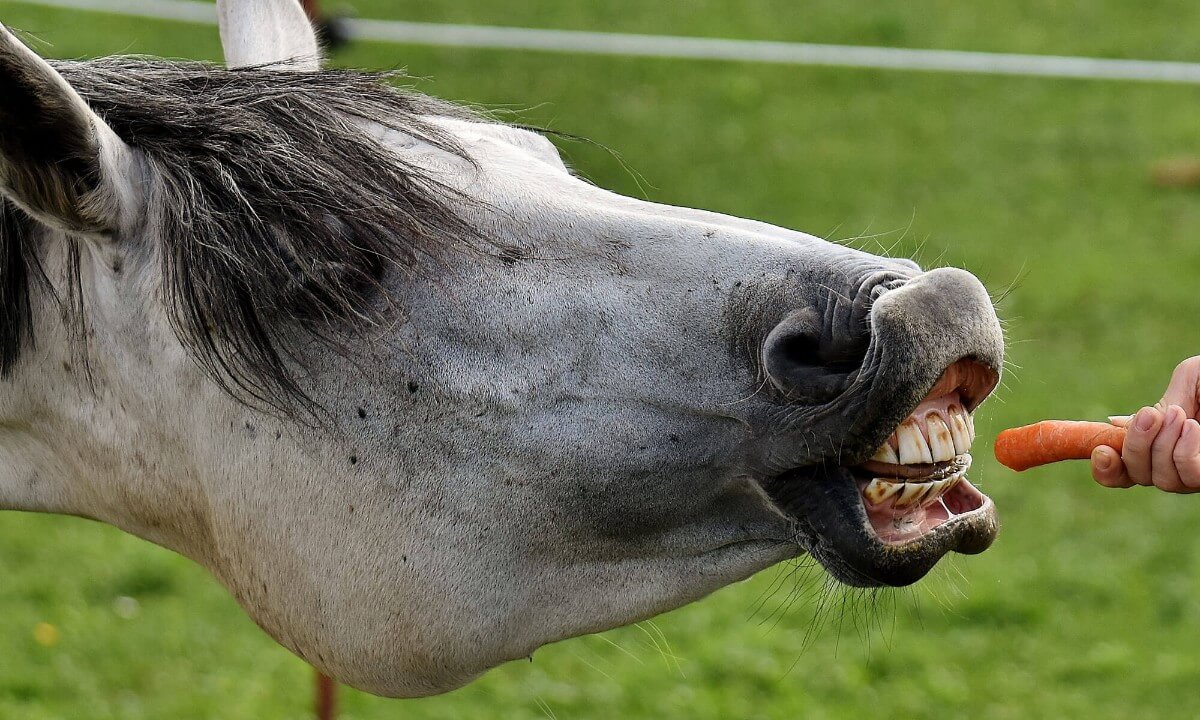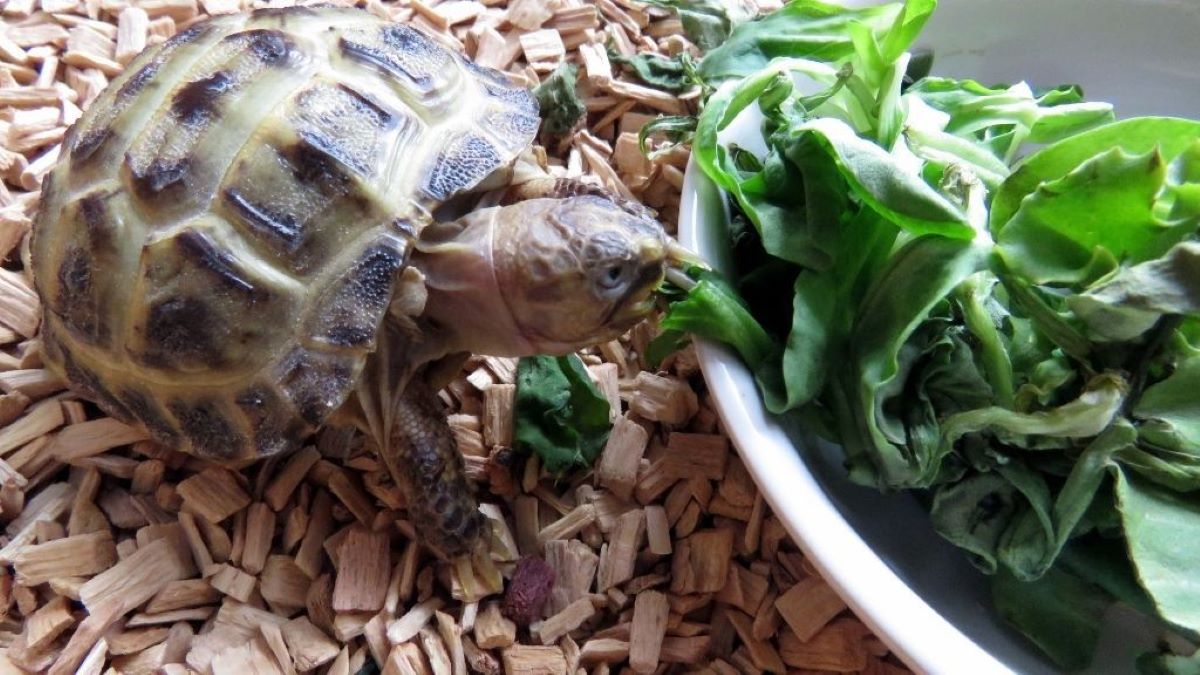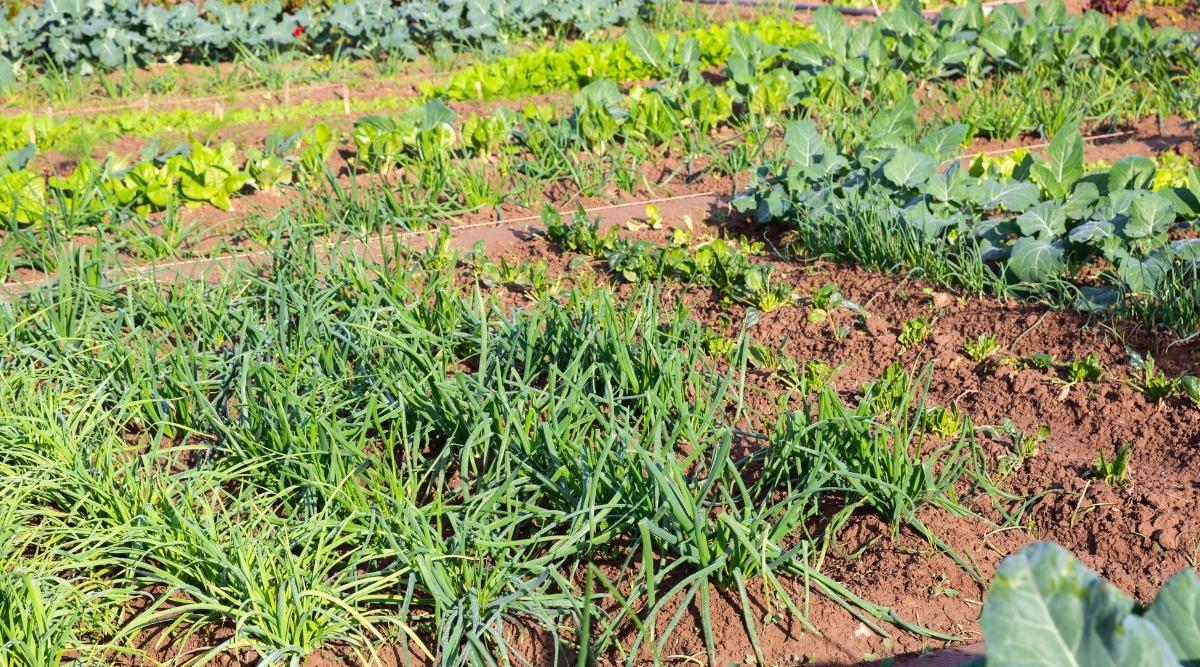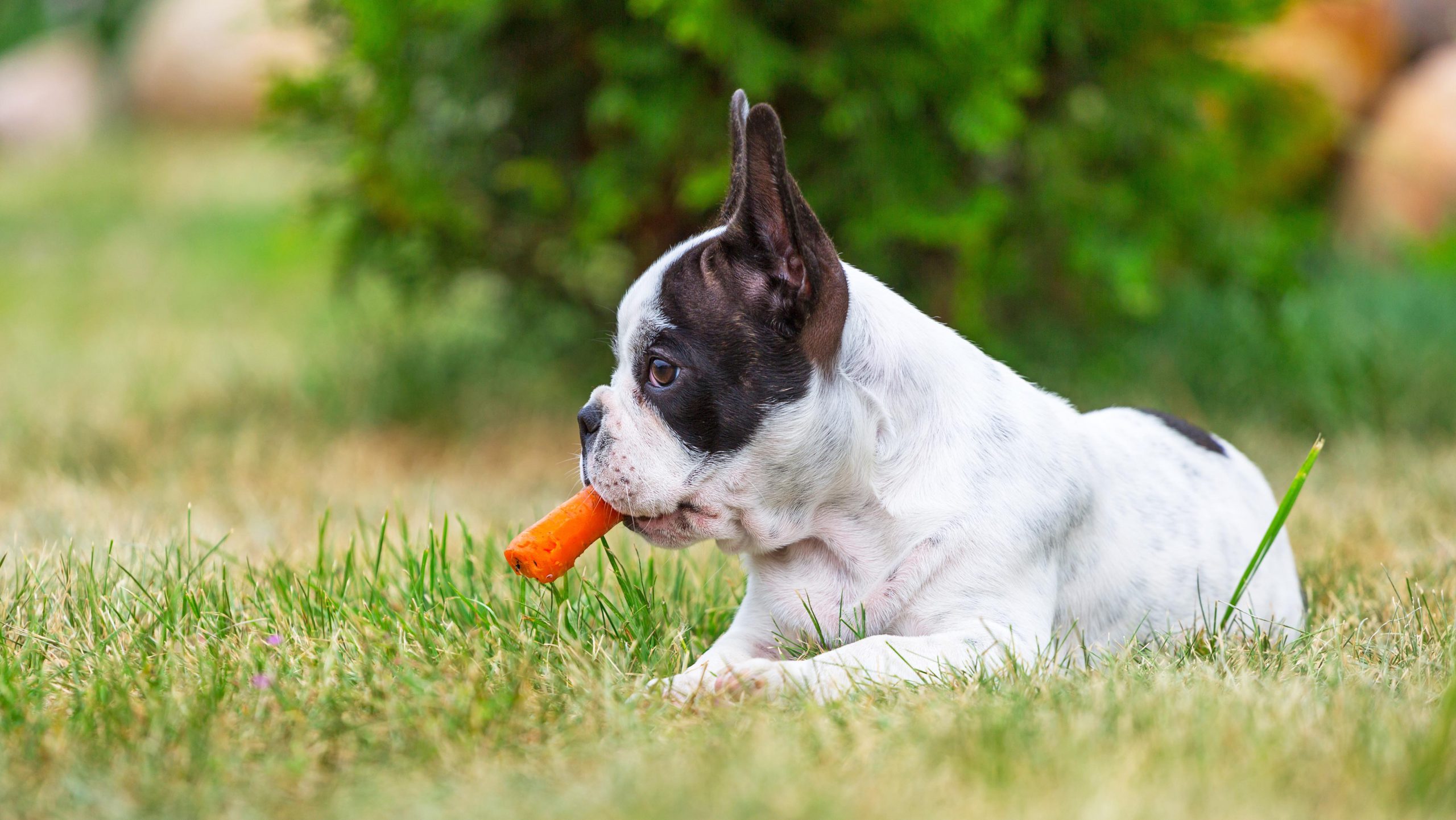Home>Gardening News and Trends>Latest News>What Vegetables Can I Eat Before A Pet Scan
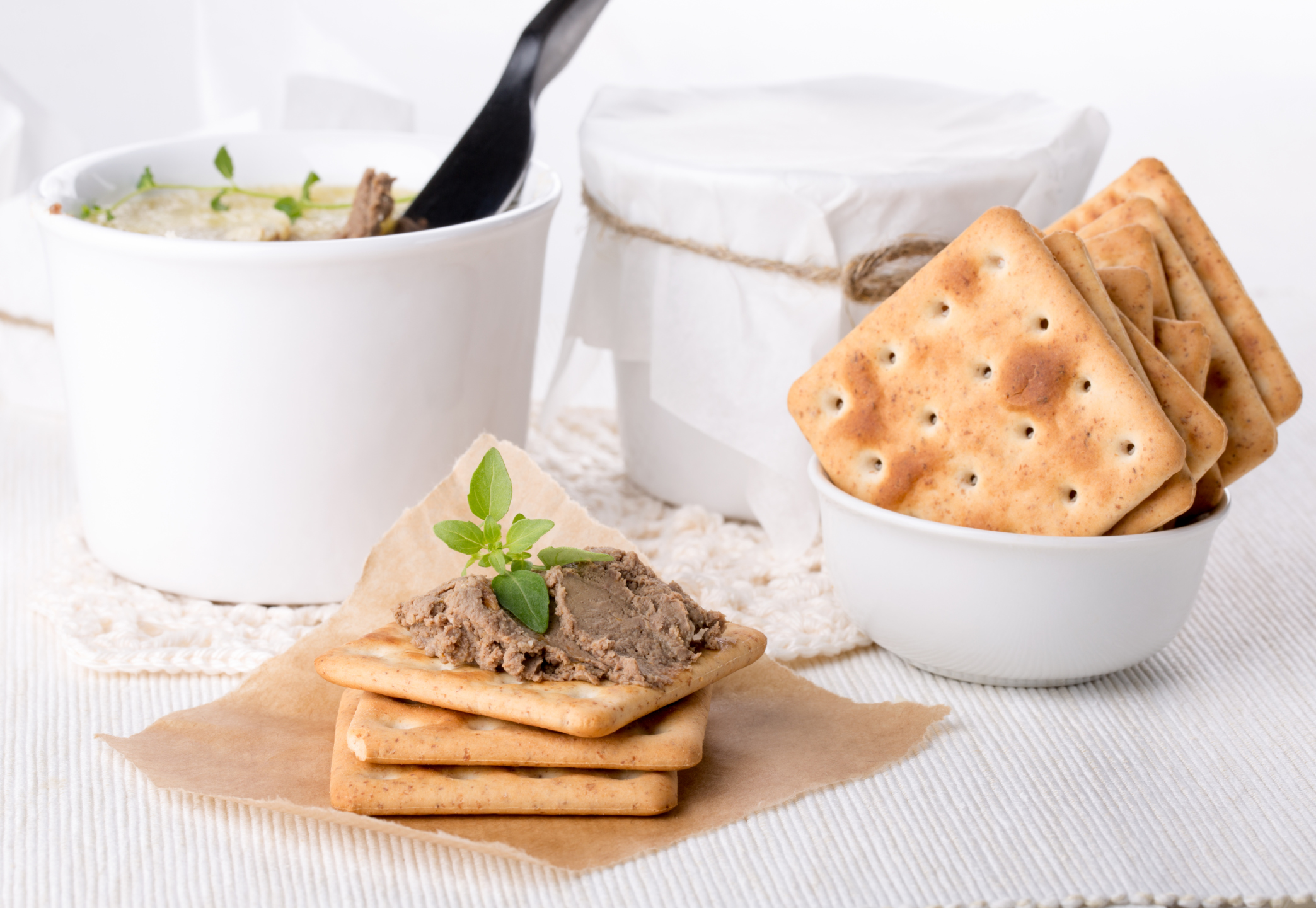

Latest News
What Vegetables Can I Eat Before A Pet Scan
Published: October 15, 2023
Discover the latest news on what vegetables you can eat before a PET scan, and ensure a successful imaging procedure with our helpful tips and guidelines.
(Many of the links in this article redirect to a specific reviewed product. Your purchase of these products through affiliate links helps to generate commission for Chicagolandgardening.com, at no extra cost. Learn more)
Table of Contents
Introduction
When preparing for a PET scan, it is important to follow certain guidelines to ensure accurate results. One aspect of preparation involves knowing what to eat and what to avoid before the procedure. In particular, understanding which vegetables are safe or should be avoided is crucial.
A PET scan, short for Positron Emission Tomography, is a diagnostic imaging test that uses a special dye containing radioactive tracers to detect changes in cellular activity in the body. It is commonly used to identify and monitor various medical conditions, including cancer, heart disease, and neurologic disorders. By studying the metabolic activity of the tissues, a PET scan can provide valuable insights for diagnosis, treatment planning, and evaluating treatment effectiveness.
To ensure accurate and reliable results from a PET scan, certain preparations are necessary. This includes adhering to specific dietary guidelines in the days leading up to the procedure. While most people focus on general instructions such as fasting for a certain amount of time before the scan, the impact of certain foods, including vegetables, is often overlooked.
Vegetables are an essential part of a healthy diet, providing vital nutrients, fiber, and antioxidants. However, some vegetables can contain high levels of natural sugars or compounds that can affect the results of a PET scan. It is important to be aware of which vegetables to avoid and which are safe to consume before the procedure, as they can impact the accuracy of the scan results.
In this article, we will explore the vegetables that are generally recommended to be avoided before a PET scan, as well as the vegetables that are safe to eat. By understanding these guidelines, you can ensure that your preparation for a PET scan is thorough and accurate, allowing for the best possible results.
What is a PET scan?
A PET scan, or Positron Emission Tomography, is a powerful diagnostic imaging technique used in the medical field. It involves the use of a special camera and a small amount of radioactive material to create detailed images of the body’s internal organs and tissues. Unlike other imaging tests, such as X-rays or CT scans, PET scans provide information about the body’s cellular and metabolic activity.
The process of a PET scan begins with the injection of a radioactive tracer into the patient’s bloodstream. This tracer is typically a form of glucose (sugar) that contains a small amount of radioactive material. Once injected, the tracer travels through the body and is absorbed by cells, particularly those that are more metabolically active.
As the tracer decays, it emits positrons, which are tiny particles of energy. When a positron encounters an electron, they annihilate each other, releasing two photons of energy. The PET scanner detects these photons and uses the information to create detailed three-dimensional images of the body’s internal structures.
These images provide valuable insights into the functioning of various organs and tissues. PET scans are especially useful in detecting and monitoring conditions such as cancer, heart disease, brain disorders, and infections.
One of the key advantages of PET scans is their ability to identify changes at the cellular level. This means that they can detect abnormalities long before they become visible on other imaging tests. This early detection allows for earlier intervention and more effective treatment strategies.
During a PET scan, the patient lies on a table that moves through the scanner, which typically resembles a large donut-shaped machine. The scan itself is painless and takes approximately 30-60 minutes to complete, depending on the specific areas being imaged.
After the scan is complete, a radiologist will analyze the images and provide a detailed report to the referring physician. The results of the PET scan can help guide treatment decisions, monitor the effectiveness of treatments, and provide crucial information for disease staging.
Overall, PET scans have revolutionized the field of diagnostic imaging by providing valuable information about the body’s metabolic activity. By understanding what a PET scan entails, individuals can better prepare for the procedure and have a clearer understanding of its significance in their medical care.
Preparation for a PET scan
Preparation plays a crucial role in ensuring accurate and successful PET scan results. The specific instructions may vary depending on the healthcare facility and the reason for the scan, but there are common guidelines to follow.
Prior to the PET scan, it is important to inform your healthcare provider about any medications you are taking, as well as any known allergies or medical conditions. They will provide you with detailed instructions based on your specific circumstances.
One common preparation requirement for a PET scan is fasting. Typically, patients are instructed to avoid eating or drinking anything, except for water, for a specific period before the scan. This is necessary because certain foods and beverages can affect the distribution of the radioactive tracer in the body and compromise the accuracy of the results.
In addition to fasting, it is crucial to avoid consuming any products that contain caffeine, such as coffee, tea, soda, and chocolate, for at least 24 hours before the scan. Caffeine can interfere with the results by stimulating the body and affecting the metabolic activity that the scan aims to measure.
Furthermore, it is important to avoid strenuous physical activity for at least 24 hours before the scan. Exercise can alter the body’s metabolism and might affect the accuracy of the results. It is best to rest and relax during this period.
Some medications and supplements may also need to be discontinued before the PET scan. Certain medications can interfere with the results by affecting the uptake or distribution of the radioactive tracer in the body. It is essential to discuss this with your healthcare provider and follow their instructions regarding medication management.
Lastly, it is important to wear comfortable clothing without any metal objects. Jewelry, watches, and clothing accessories containing metal should be removed, as they can interfere with the imaging process.
Overall, following proper preparation guidelines is essential for obtaining accurate and reliable results from a PET scan. By adhering to the fasting period, avoiding caffeine, refraining from strenuous exercise, and managing medications appropriately, you can ensure that the scan provides the necessary information for your healthcare team to make informed decisions regarding your health.
Vegetables to avoid before a PET scan
While vegetables are generally considered healthy, there are certain types that are recommended to be avoided in the days leading up to a PET scan. These vegetables have the potential to alter the metabolic activity of the body, which can affect the accuracy and interpretation of the scan results.
One group of vegetables to avoid before a PET scan are those with a high sugar content. Vegetables such as carrots, beets, and peas contain natural sugars that can mimic the uptake of the radioactive tracer used in the scan. This can lead to false-positive results, where areas of increased metabolic activity appear on the scan, even if there is no underlying abnormality.
Another group of vegetables to exclude from your diet before a PET scan are those rich in caffeine-like compounds. Certain vegetables, such as eggplants, tomatoes, and potatoes, contain small amounts of solanine, a compound that can have stimulant effects on the body. Similar to caffeine, solanine can interfere with the metabolic activity being assessed during the scan, potentially leading to inaccurate results.
It is also important to avoid consuming vegetables that are known to cause gas or bloating. These include cruciferous vegetables like broccoli, cauliflower, and cabbage, as well as legumes like beans and lentils. The build-up of gas in the digestive system can cause discomfort and distort the images obtained from the scan, making it challenging to interpret the results accurately.
Additionally, certain vegetables may contain substances that can alter the distribution or uptake of the radioactive tracer. For example, spinach and parsley contain high levels of natural nitrates, which can affect the blood flow and metabolism in the body, potentially influencing the PET scan results. It is best to avoid these vegetables before the procedure.
To ensure the most accurate results from a PET scan, it is important to follow the specific instructions provided by your healthcare team. It is recommended to consult with your healthcare provider or a registered dietitian for a comprehensive list of vegetables to avoid based on your individual circumstances and specific dietary needs.
By being aware of the vegetables to avoid before a PET scan, you can contribute to obtaining the most reliable and informative results. Following these guidelines will help ensure that the scan accurately reflects the metabolic activity in your body, enabling your healthcare team to make well-informed decisions regarding your health.
Vegetables safe to eat before a PET scan
While there are certain vegetables that should be avoided before a PET scan, there are also plenty of options that are safe to include in your diet leading up to the procedure. These vegetables provide essential nutrients while minimizing the risk of interfering with the scan results.
Leafy greens such as lettuce, kale, and spinach are generally safe to eat before a PET scan. These vegetables are low in natural sugars and do not contain caffeine-like compounds, making them a suitable choice. They are also rich in vitamins, minerals, and antioxidants, which contribute to overall health and well-being.
Non-starchy vegetables like cucumbers, bell peppers, and zucchini are also safe options. These vegetables have a low sugar content and do not contain compounds that can affect the metabolism or introduce false-positive results on the PET scan. They are versatile and can be enjoyed raw in salads or cooked as part of a delicious meal.
Crisp and refreshing vegetables such as celery and radishes can be included in your diet before a PET scan as well. These vegetables are low in sugars and do not possess compounds that can interfere with the scan results. They add a satisfying crunch and unique flavors to your meals or can be used as snacks.
In addition, some root vegetables, when consumed in moderation, can be safe options for individuals undergoing a PET scan. For instance, turnips and radishes have a low sugar content and are generally well-tolerated. It is important to consume these in moderation and consult with your healthcare team for personalized guidance.
It is worth noting that the preparation and cooking methods can also influence the suitability of vegetables before a PET scan. Eating them raw or lightly steamed is generally recommended to retain their nutritional value and minimize any potential interference with the results. Avoiding heavy sauces or dressings that may contain high levels of sugar or caffeine-like compounds is also advisable.
As always, it is essential to consult with your healthcare provider or a registered dietitian to ensure that the vegetables you choose to include in your diet before a PET scan are appropriate for your specific situation and dietary needs. They can provide personalized recommendations and address any concerns or questions you may have.
By selecting vegetables that are safe to eat before a PET scan, you can continue to enjoy a varied and nutritious diet while maintaining the accuracy of the scan results. These vegetables provide valuable nutrients, fiber, and health benefits, supporting your overall well-being during the preparation process.
Conclusion
Preparing for a PET scan involves careful consideration of the foods you consume, including vegetables. By understanding which vegetables to avoid and which are safe to eat, you can ensure that the scan results are as accurate and reliable as possible.
During the preparation for a PET scan, it is important to steer clear of vegetables that contain high amounts of natural sugars, caffeine-like compounds, or substances that may cause gas or bloating. These include carrots, beets, peas, eggplants, tomatoes, potatoes, cruciferous vegetables, and legumes.
On the other hand, vegetables that are generally safe to eat before a PET scan include leafy greens, non-starchy vegetables, crisp vegetables, and select root vegetables when consumed in moderation. These options provide essential nutrients without interfering with the metabolic activity being assessed during the scan.
It is imperative to follow the specific instructions provided by your healthcare provider or a registered dietitian. They can offer personalized guidance based on your individual circumstances and ensure that your preparation for the PET scan is thorough and aligned with your dietary needs.
Remember to consult with your healthcare team if you have any doubts or questions regarding the vegetables to avoid or include in your diet before a PET scan. They are the best source of information to help you make informed choices and maximize the accuracy and usefulness of the PET scan results.
By being mindful of your vegetable choices and following the recommended guidelines, you contribute to obtaining accurate and reliable PET scan results. This enables your healthcare team to make well-informed decisions about your diagnosis, treatment plan, and ongoing care.
Take the necessary steps to prepare for your PET scan, including paying attention to your vegetable intake, and trust in the process. The information gained from the scan can provide valuable insights and contribute to your overall health and well-being.
